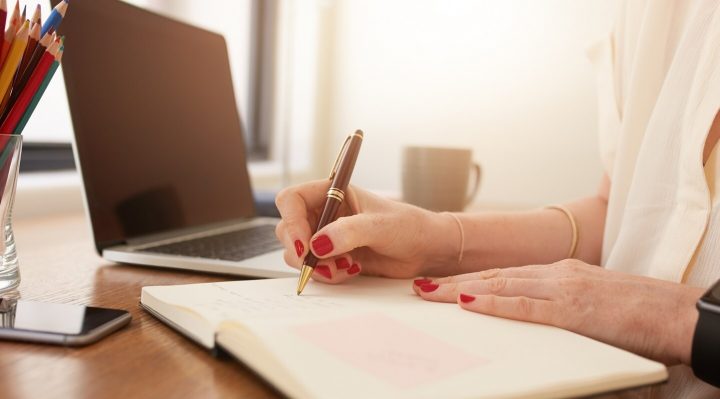Buying pre-owned jewellery can be a rewarding experience if done right. With the right knowledge, you can enjoy stunning pieces at great value without compromising safety. From learning how to authenticate diamonds to choosing trustworthy sellers, this guide walks you through the steps to make a smart and secure purchase. Whether you’re shopping for personal use or investment, you’ll gain the confidence needed to buy second-hand diamond jewellery safely.
Purchasing second-hand jewellery offers the chance to own timeless beauty at a fraction of the cost. However, without proper guidance, buyers can fall prey to scams, counterfeit pieces, or overpriced deals. Diamonds, especially, require careful examination and trusted sellers. Whether you’re browsing vintage collections or considering second hand diamond rings, it’s essential to know what to look for. This article explains how to authenticate and purchase second-hand diamond jewellery safely, ensuring your investment is both genuine and valuable.
Why Buy Second-Hand Diamond Jewellery?
Buying pre-owned jewellery comes with unique benefits. First, it’s often more affordable than brand-new pieces, allowing buyers to own luxury items at reduced prices. Secondly, second-hand jewellery may include rare vintage or antique designs no longer available in modern stores. Finally, opting for pre-owned diamonds is a sustainable choice, reducing the demand for new mining and lessening environmental impact.
For those seeking elegance on a budget, second hand diamond rings are a popular choice. They not only carry history and charm but also offer the same sparkle and durability as newly crafted pieces when sourced responsibly.
Step 1: Learn the Basics of Diamond Authentication
Authenticating a diamond is the first step in protecting yourself. Diamonds are graded based on the “Four Cs”: cut, clarity, colour, and carat. Before buying, familiarise yourself with these features and how they affect value.
- Cut determines brilliance.
- Clarity refers to flaws or inclusions.
- Colour grades range from colourless (most valuable) to yellow or brown hues.
- Carat indicates weight, with larger stones commanding higher prices.
To confirm authenticity, always ask for a grading report from a recognised authority such as the Gemological Institute of America (GIA) or the International Gemological Institute (IGI).
Step 2: Verify Hallmarks and Certifications
Jewellery pieces often contain hallmarks or stamps confirming the metal’s purity and origin. Look for markings such as 14K, 18K, or PLAT for platinum. A lack of hallmarks should raise suspicion.
In addition, ensure the diamond itself comes with certification. A legitimate certificate details the stone’s characteristics and confirms it has been independently evaluated. Avoid sellers who cannot provide official paperwork.
Step 3: Choose a Reputable Seller
Where you buy is just as important as what you buy. Trusted sellers, whether online or in-store, should have strong reputations, transparent policies, and positive customer reviews. Established jewellers and auction houses often have stringent processes for authenticating second-hand jewellery before resale.
Online marketplaces can be convenient but risky. Always check for seller ratings, return policies, and proof of authenticity before making a purchase.
Step 4: Inspect the Jewellery in Person
Whenever possible, inspect the jewellery yourself. Use a jeweller’s loupe to examine the diamonds’ inclusions and setting. Check for any damage, loose prongs, or wear that could compromise its durability.
For second hand diamond jewellery, ask the seller for professional cleaning before the purchase. This allows you to clearly view the condition and beauty of the piece without dirt or residues masking flaws.
Step 5: Get an Independent Appraisal
Before finalising your purchase, consider hiring an independent appraiser. They will assess the diamond’s quality, confirm authenticity, and estimate its fair market value. This step protects you from overpaying and offers peace of mind.
Step 6: Understand Pricing and Market Value
Diamond prices are influenced by demand, rarity, and market fluctuations. Research current market trends for the Four Cs to avoid being overcharged. Comparing prices across multiple sellers gives you a better understanding of value.
While pre-owned jewellery is usually cheaper, exceptionally rare or antique designs may carry higher prices due to craftsmanship and uniqueness.
Step 7: Review Return and Warranty Policies
A trustworthy seller will offer flexible return policies and warranties. These safeguards give buyers the confidence to return a piece if it does not meet expectations. Always read the fine print to understand your rights.
Step 8: Pay Securely
When purchasing expensive jewellery, ensure payments are processed securely. Avoid cash transactions where records are limited. Use credit cards or secure online payment systems that provide buyer protection in case of disputes.
The Risks of Skipping Authentication
Failing to authenticate second-hand jewellery can lead to costly mistakes. You may unknowingly buy a synthetic diamond or a piece of lesser quality than advertised. Worse still, counterfeit certificates exist, which makes verifying the credibility of the grading authority essential.
By neglecting authentication, you not only risk financial loss but also compromise the sentimental value tied to jewellery purchases.
Sustainable and Ethical Benefits
Choosing second hand diamond rings jewellery also supports ethical practices. New diamond mining has environmental and social consequences. By buying second-hand, you contribute to a circular economy that promotes reuse and reduces harm.
This is especially appealing to environmentally conscious buyers who want their jewellery to reflect not just beauty, but responsibility.
Final Tips for Safe Purchases
- Always research before buying.
- Request certification from recognised organisations.
- Compare prices with current market rates.
- Seek independent appraisals.
- Buy only from trusted sellers with transparent policies.
Following these steps ensures your jewellery is genuine, valuable, and ethically sourced.
Conclusion
Buying second-hand diamond jewellery can be both rewarding and safe when approached with knowledge and caution. By learning how to authenticate diamonds, verifying documentation, and working with reputable sellers, you can secure beautiful pieces that hold both value and meaning. Whether it’s an heirloom-quality pendant or second hand diamond rings, every purchase becomes more than just jewellery—it becomes an investment in style, history, and sustainability.


